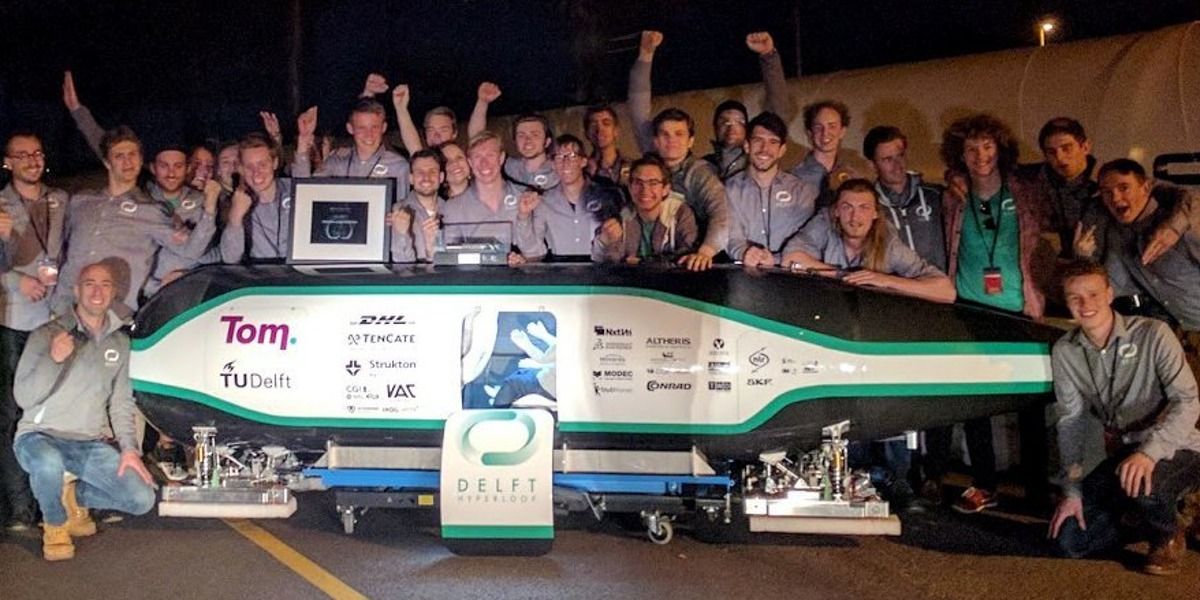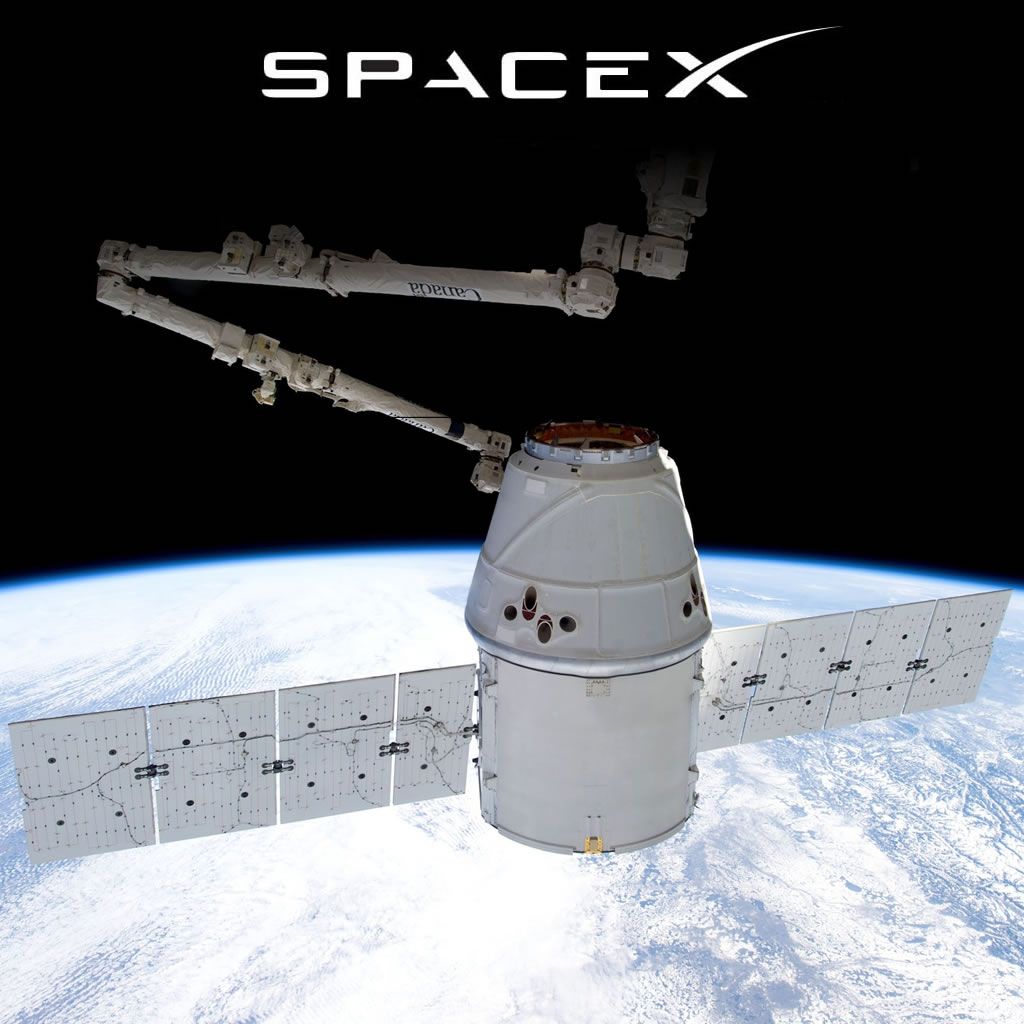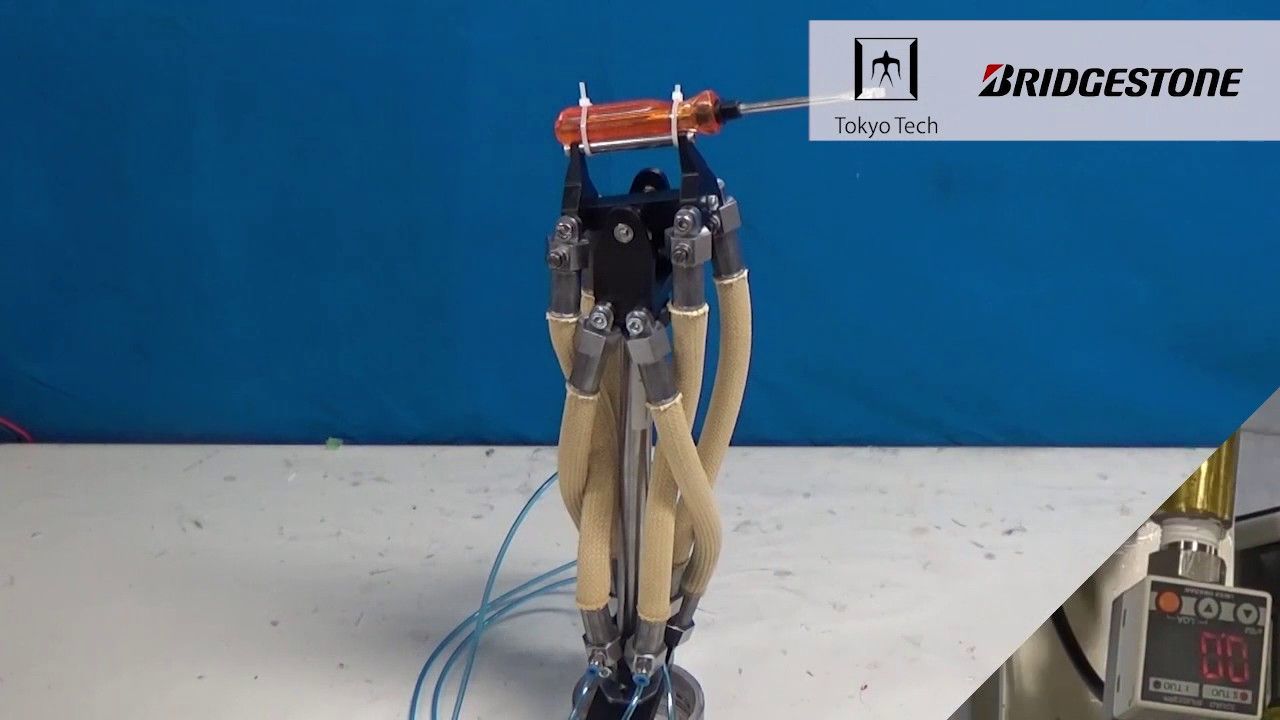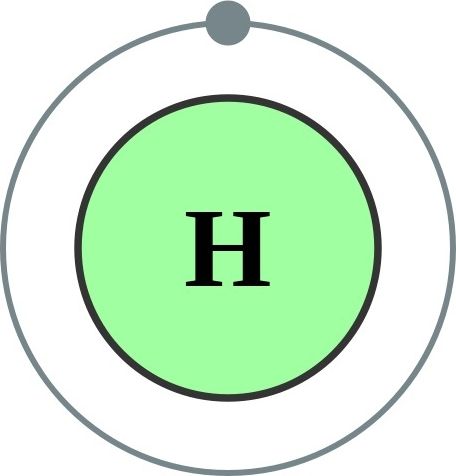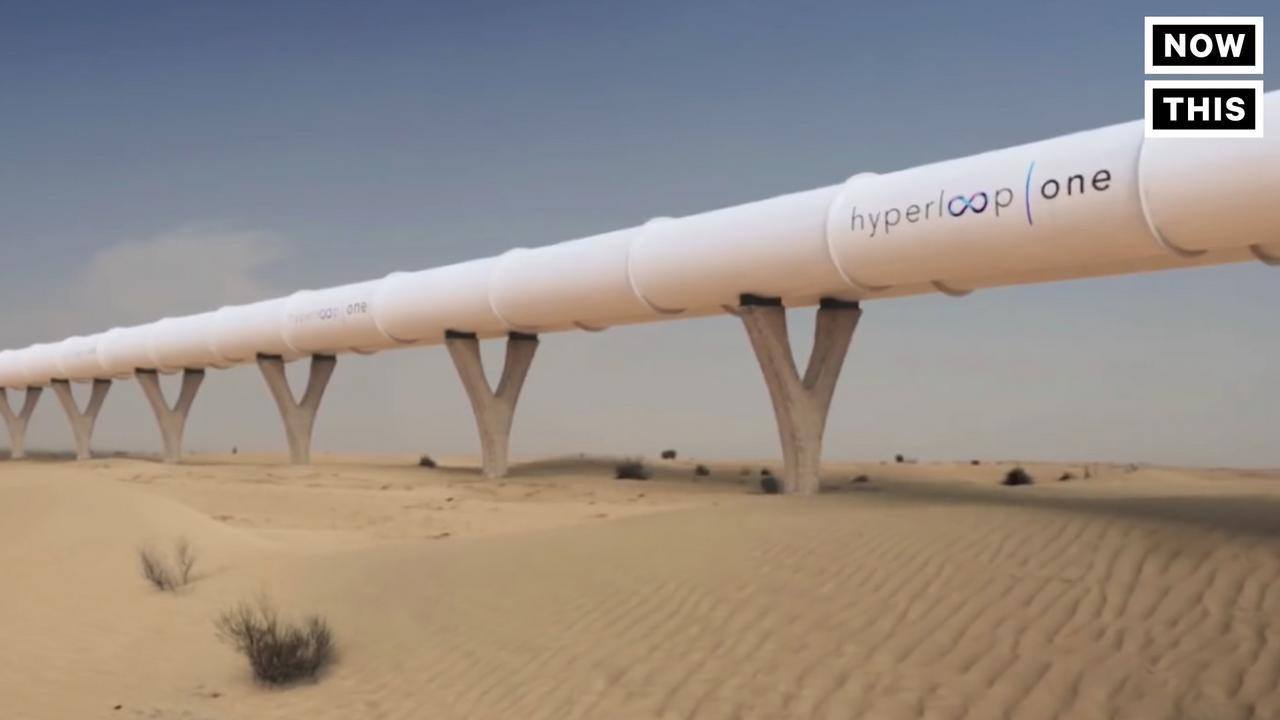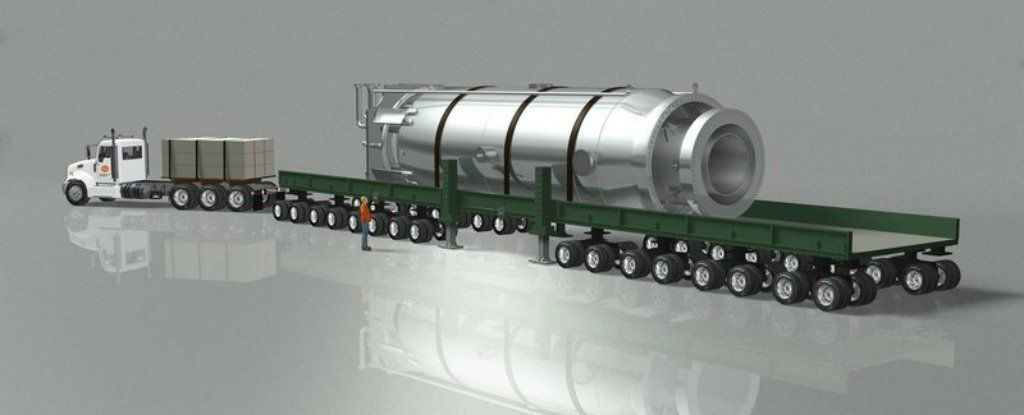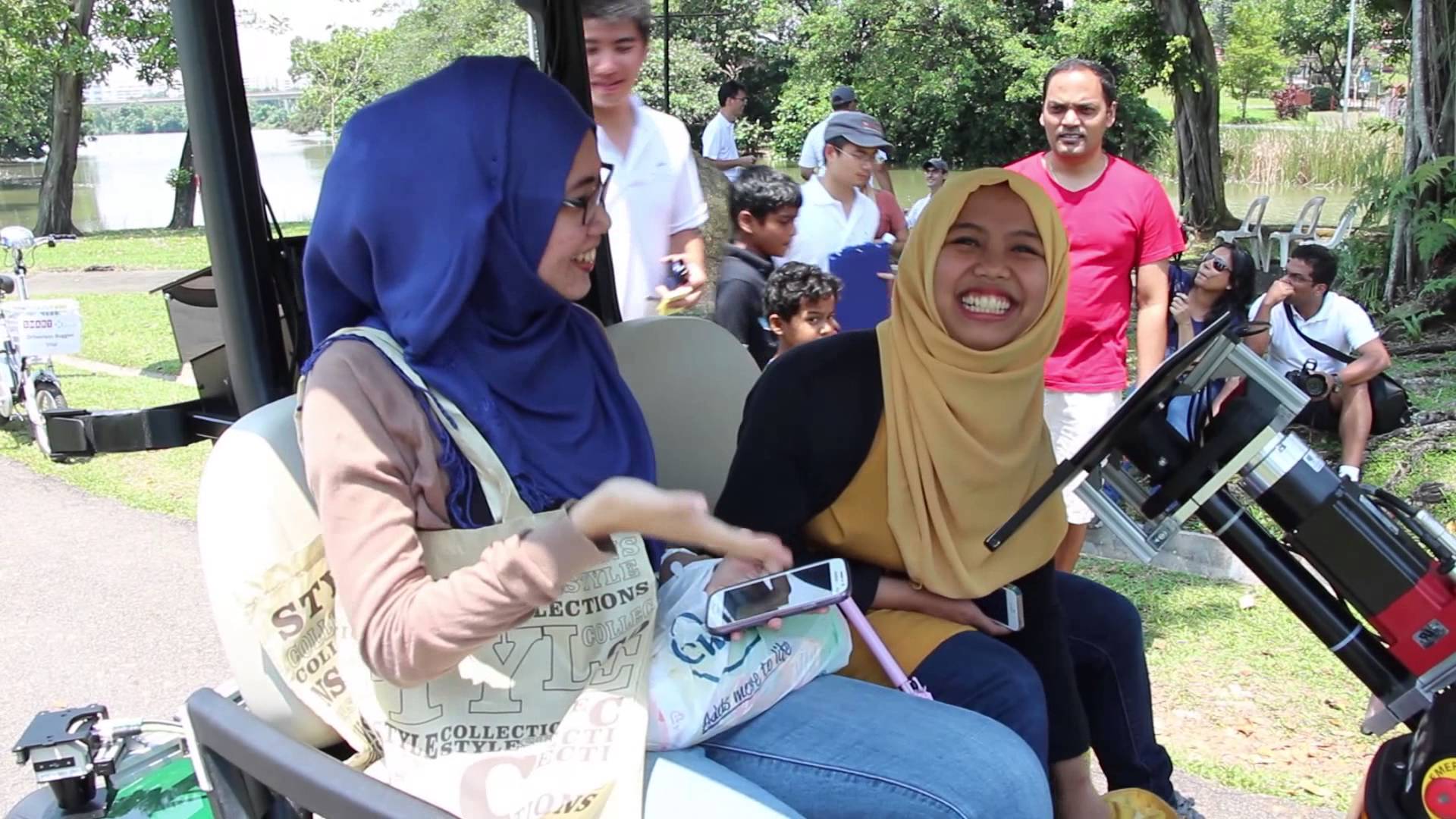Last year, a Made In Space-led team achieved something that had never been accomplished. For the first time in history, a commercial in-space manufacturing facility began operation aboard the International Space Station (ISS). While private parties are able to commission objects to be built by Made In Space’s Additive Manufacturing Facility (AMF) on orbit, the hardy device also supports astronauts by manufacturing parts, tools, and supplies that can be used on the ISS.
Made In Space has continued its mission to enable humans to live and work in space by demonstrating several new technologies in microgravity. Testing machines on Earth that are optimized to work in environments which have little or no gravity can be difficult at the bottom of Earth’s gravity well. The Flight Opportunities Program (FOP) at Johnson Space Center in Houston, Texas utilizes high-tech aircraft to fly in aggressive parabolic arcsa nose dive followed by a sharp ascent. This maneuver creates a gravity-free environment within the plane’s cabin for less than a minute before having to pull up and repeat. After partaking in over 200 of these parabolic flights, MIS has demonstrated several manufacturing techniques in microgravity that will be critical to the success of our journeys to other planets.

